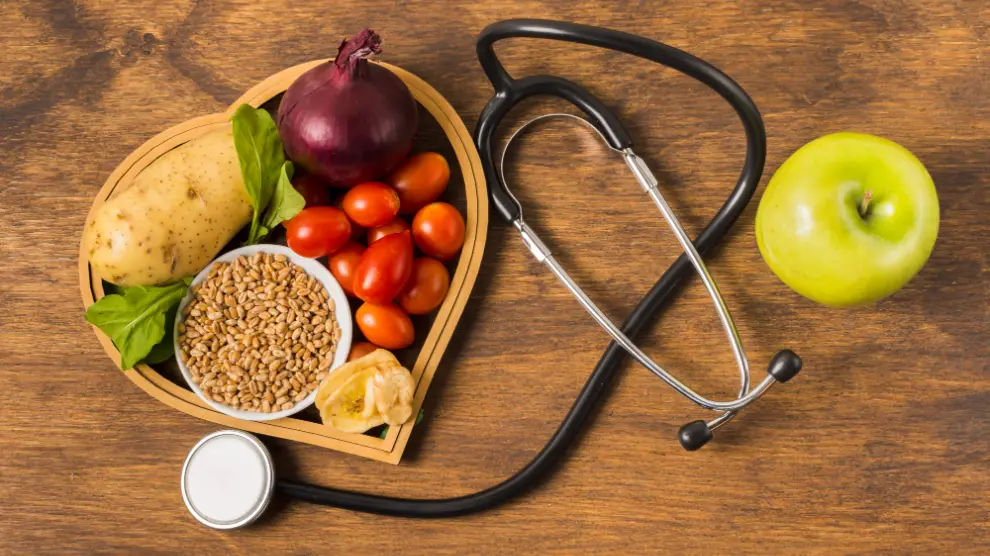Cholesterol is a fatty substance present in the cell membranes of all tissues and in the bloodstream. It can circulate through the blood when enclosed in lipoproteins, which come in different types depending on their composition, density, and size. The most common types of lipoproteins are LDL (“bad” cholesterol) and HDL (“good” cholesterol). Despite its bad reputation, cholesterol is not a harmful molecule; it plays a fundamental role in various vital functions.
However, having high cholesterol is a health risk, since the most common cause of coronary cardiovascular disease and related mortality is atherosclerosis, which is the damage suffered by the interior of the tissue of medium and large arteries due to the accumulation of plaque, composed of low-density lipoprotein cholesterol (LDL, fibrin and calcium).
When talking about cholesterol, excess cholesterol affects both men and women, and we can distinguish between the two types. LDL is known as “bad” cholesterol, which travels through the blood to the tissues and cells throughout the body. If there is an excess and it is not reduced in time, it can accumulate on the walls of arteries and even clog them. Ideally, LDL cholesterol should be below 115 mg/dl.
HDL cholesterol, or “good” cholesterol, is responsible for removing cholesterol from the arterial wall and transporting it to the liver for metabolism. Total cholesterol is the analytical value that reflects the cholesterol contained in all blood lipoproteins, and it should be below 190 mg/dL to avoid posing a health risk.
Diet to combat high cholesterol
To lower cholesterol, it is important to adopt some lifestyle changes, controlling salt intake, avoiding alcohol and tobacco, engaging in regular exercise, reducing stress levels, and balancing calorie intake to maintain a healthy body weight, in addition to controlling other cardiovascular risk factors such as blood sugar, blood pressure, etc.
It’s also important to increase fiber intake through fruits, vegetables, legumes, nuts, and whole grains, and use olive oil both raw and in cooking. Likewise, you should increase your intake of healthy fats (oily fish, avocado, seeds, extra virgin olive oil, etc.) and control the amount of saturated fat and cholesterol you consume through food.
On the other hand, it is necessary to assess the fat and sugar content of foods, minimize the consumption of beverages and foods with added sugar, control meat consumption, and avoid processed meats, in addition to controlling the intake of table salt and products that contain it.

